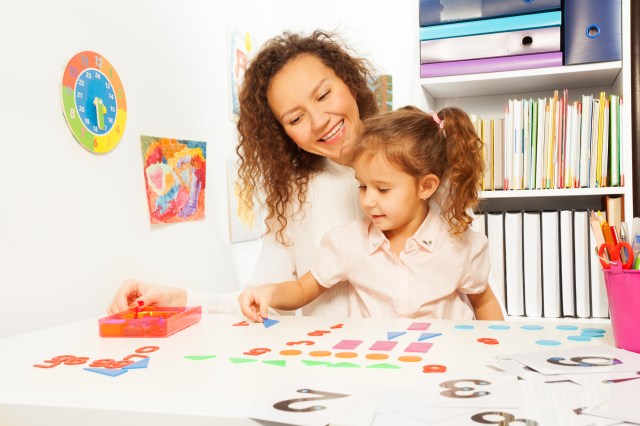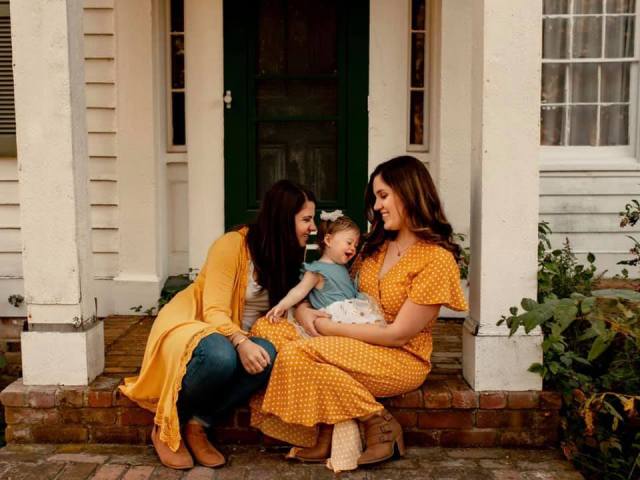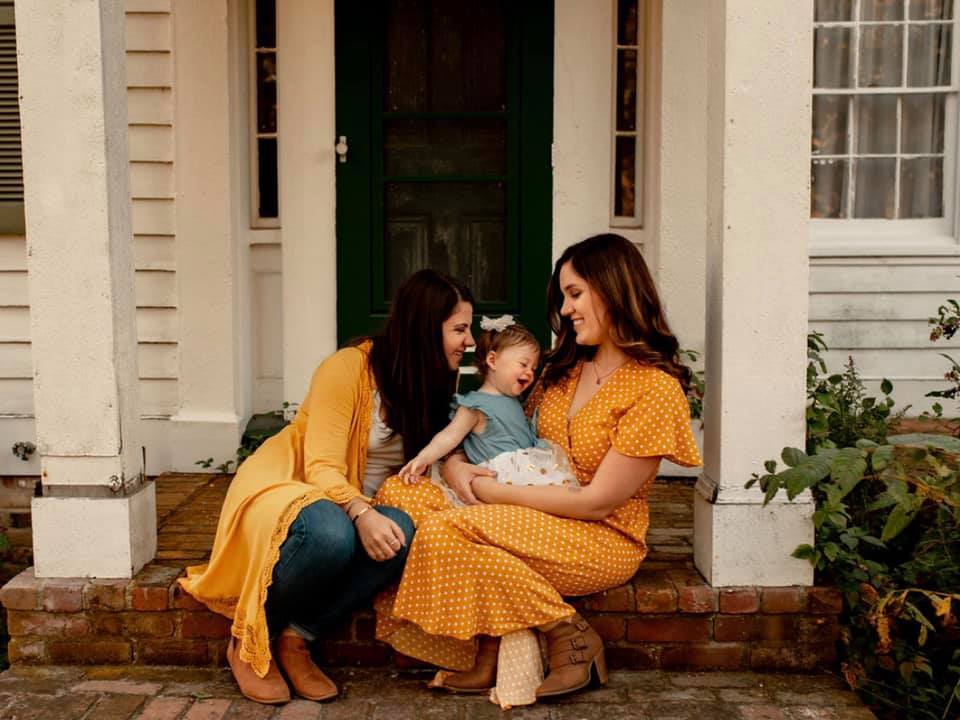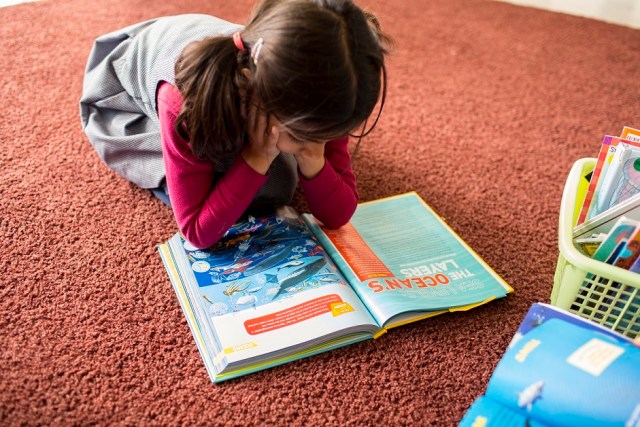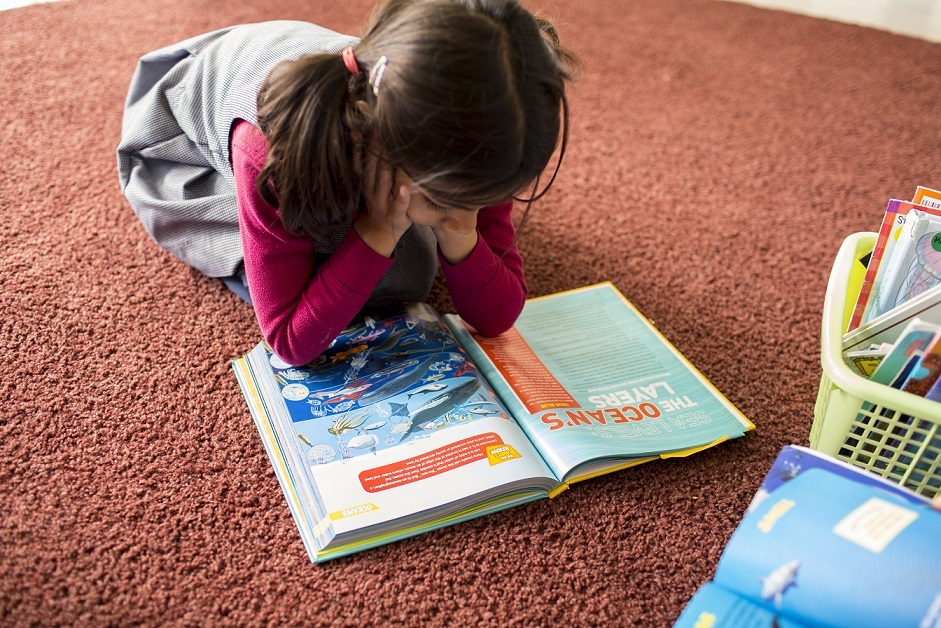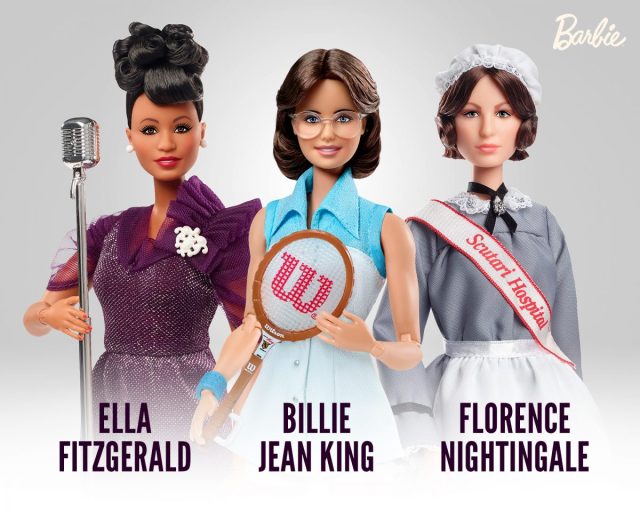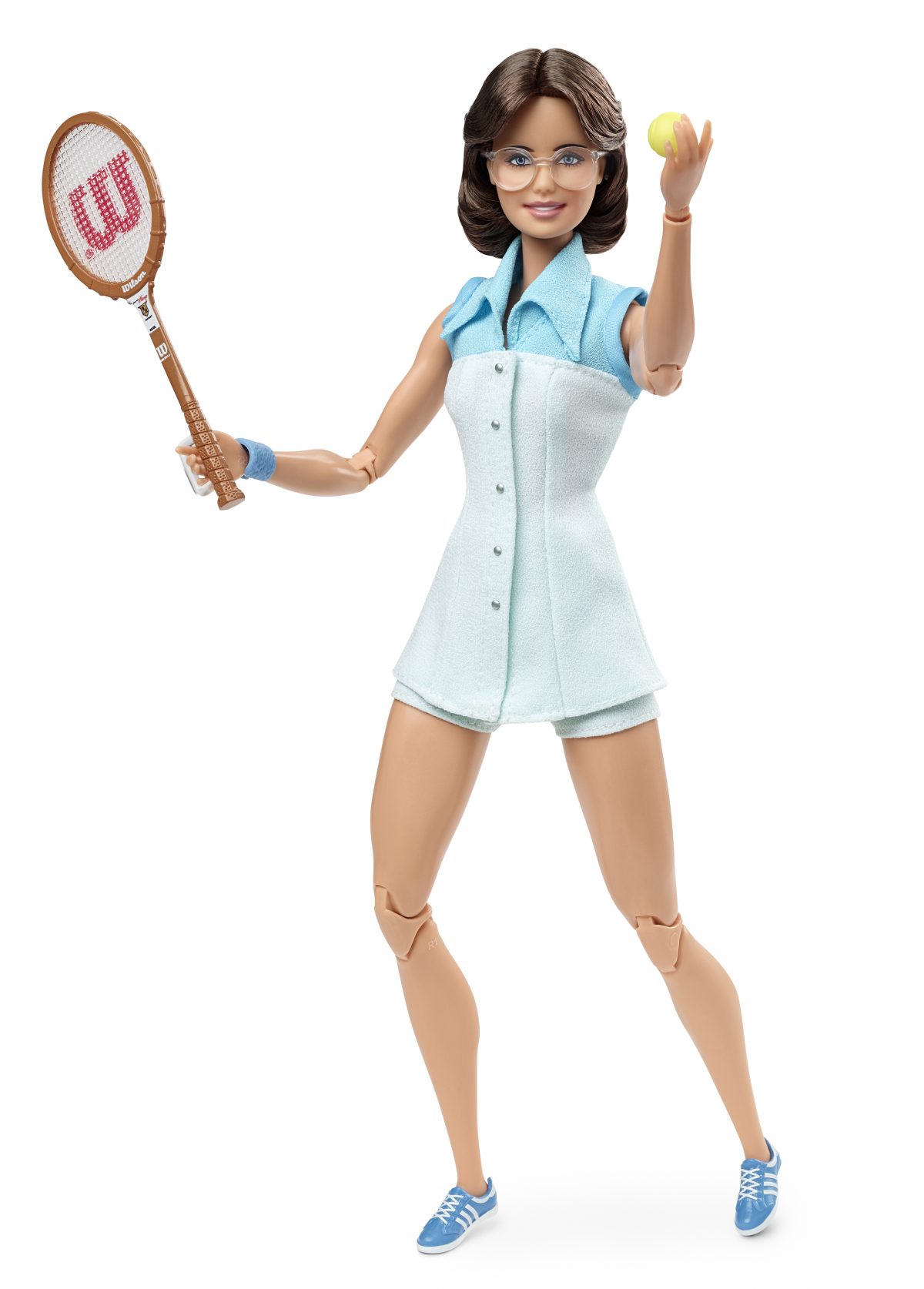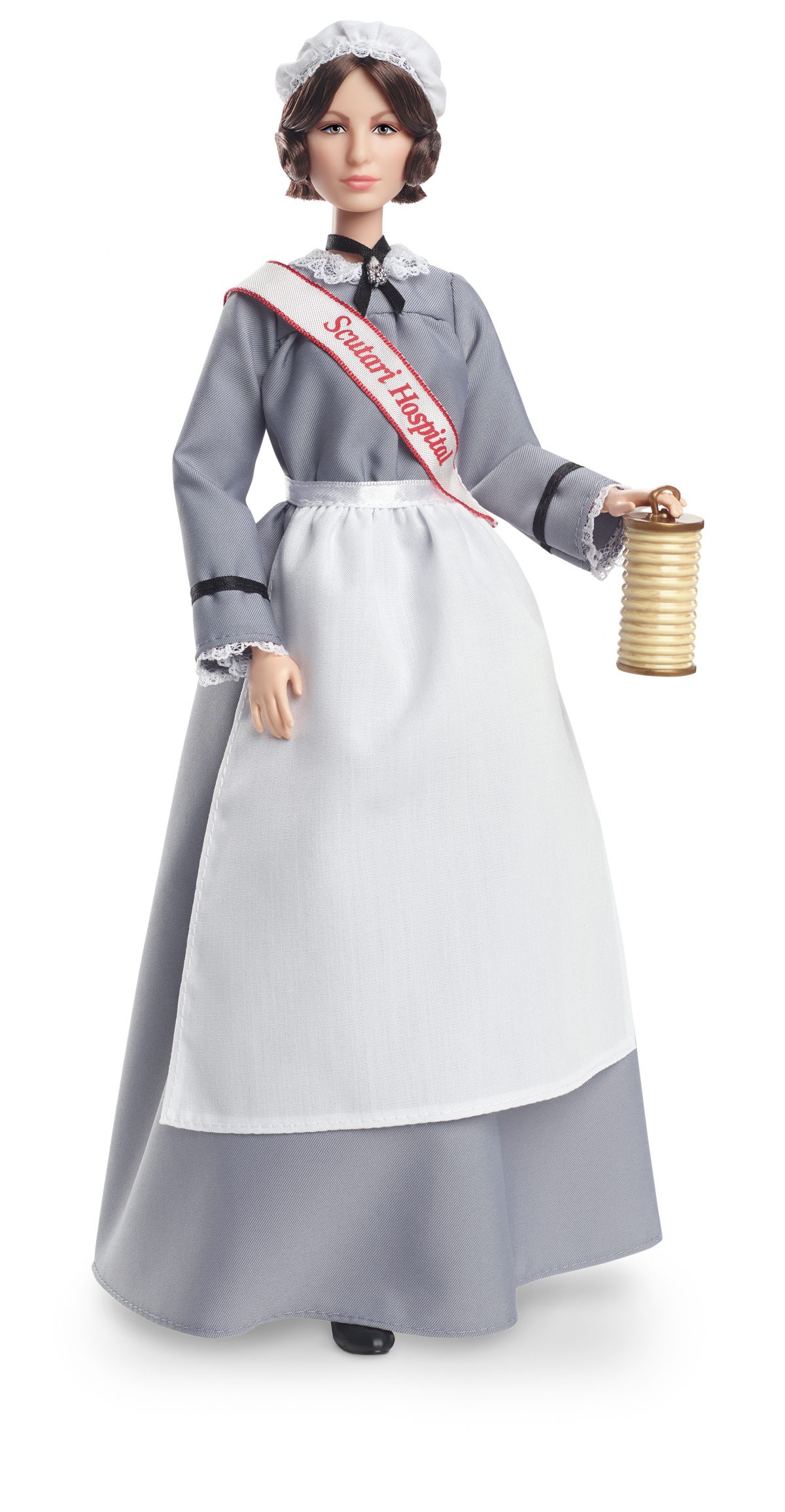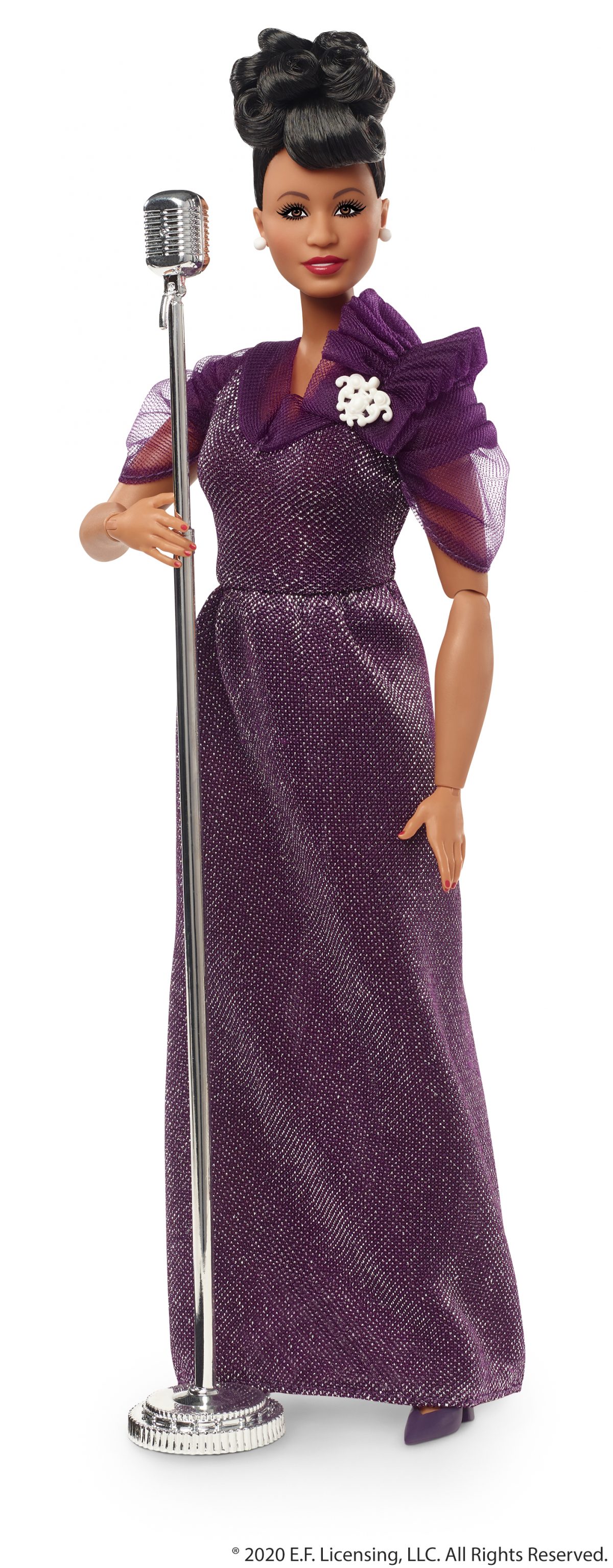Getting your kids excited about math is as easy as 1-2-3: just introduce them to these awesome learning games. You’ll jump-start their number knowledge while also giving them a chance to work on their fine motor skills and play with bubble wrap, sidewalk chalk and stickers. Read on to get the skinny on all our favorite counting games.
Feed the Sharks
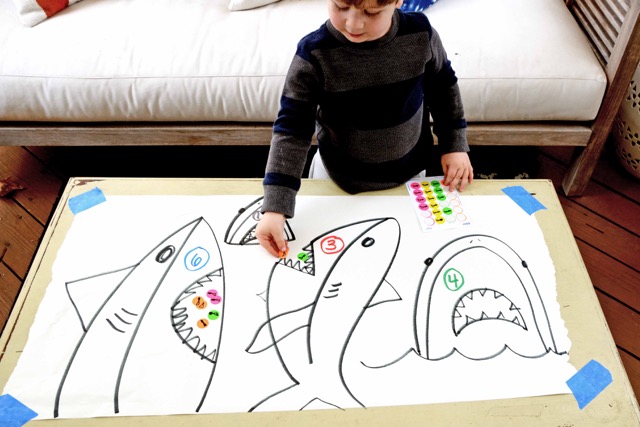
Grab some stickers and markers and get your kiddos counting with this fab idea from Days with Grey. They’ll get to feed each shark using colorful dot stickers.
Race to Lose a Tooth
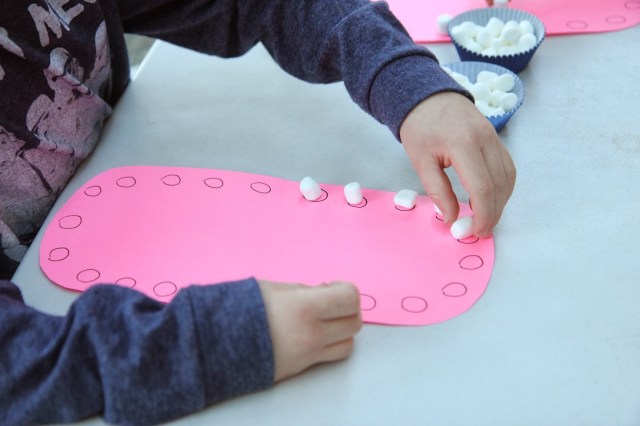
This fun game from Toddler Approved is sure to make your little ones smile. They’ll roll the dice and practice counting as they pull marshmallow “teeth” from a mouth.
Pom Pom Challenge
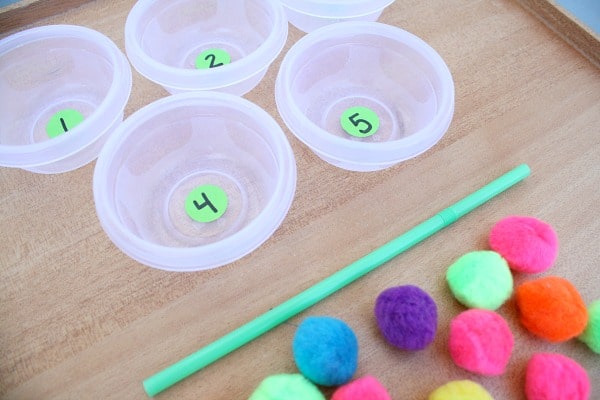
This idea from NurtureStore is a two-for-one: kids can practice counting while also building their fine motor skills. Challenge them to use just a straw to move the right number of pom poms to the correct container.
Pop Goes The Number
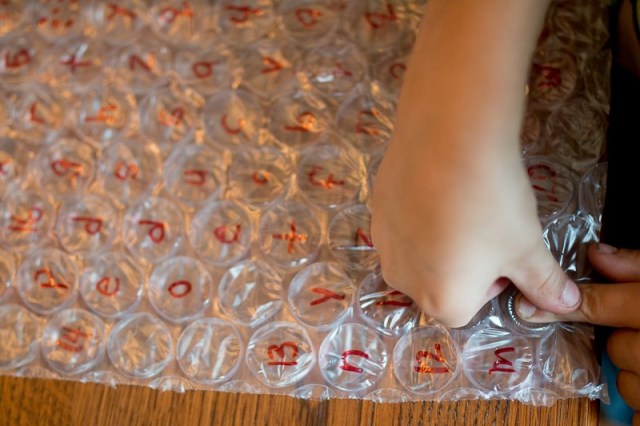
They're going to do it anyway, so why not make popping bubble wrap an educational opportunity? Hands-on mama-of-three Jamie Reimer has the details at Hands On As We Grow.
Counting Rocks!
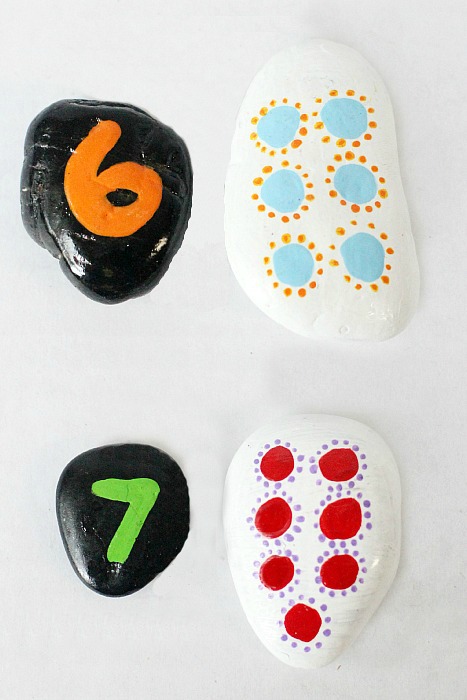
Young counters can play a variety of counting games with these handmade number rocks: match number pairs; line them up from 1-9, and see what happens when you put one number in front of another. Fun-loving mom Mary Catherine shares the step-by-step scoop on her site, Fun-a-Day.
Splashing Digits
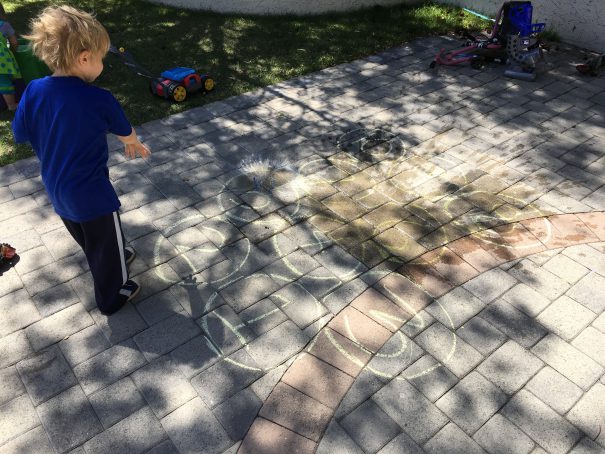
Would your kiddo like a few water balloons to smash? Yes, please! When the weather warms up, let your cute calculator get a little wet with this easy number identification game that requires only water balloons and chalk. Check out the details on Coffee Cups and Crayons.
Apples Up on Top!
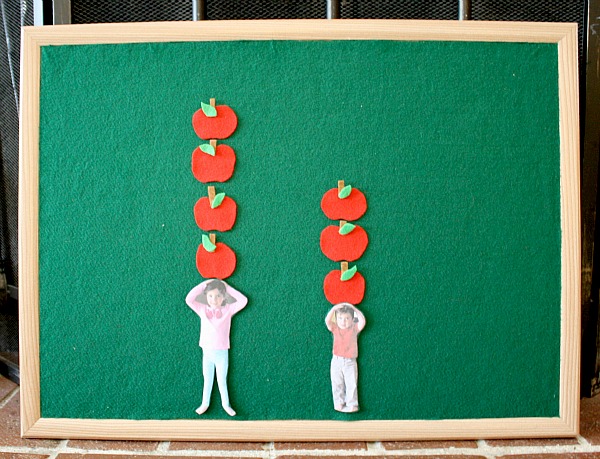
This activity pays homage to a rhythmic little story (by Dr. Seuss) about a bunch of silly animals stacking apples on their heads. Using felt and Velcro, kids can stack up apples and compare their load to a friend or siblings. Check out Buggy and Buddy for the details.
Shoot the Sum
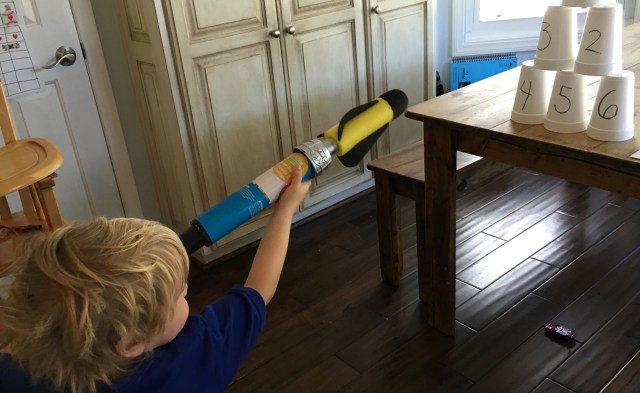
We love this easy activity because there are just three steps: stack up numbered cups, ask your kids to knock them down, and (if they can) add up the total. Kids will delight in shooting and knocking stuff down, but really they’re (Shhhhh!) learning simple addition as well as simple number identification. Parents who don’t allow toy guns can substitute with ping-pong balls or air rockets (see above). Get the details over at No Time For Flashcards.
Roll for Results
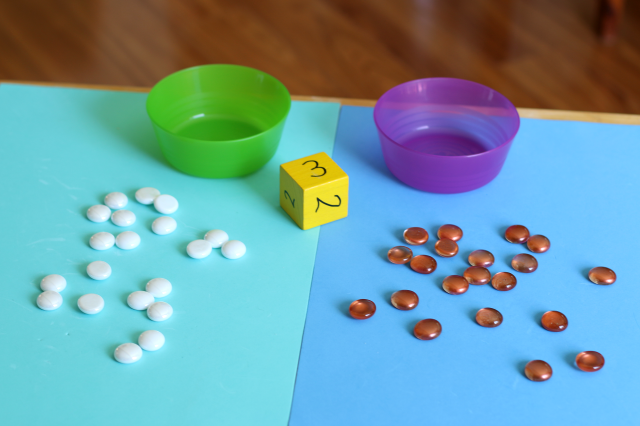
Let your kids roll the dice and plink their beads into a bowl. This simple counting game lets kids practice counting while they race to get all their beads (or jellybeans, or goldfish, or whatever small object you choose) into their bowl before you do. Get the instructions from Chelsey at Buggy and Buddy.
Linear Learning
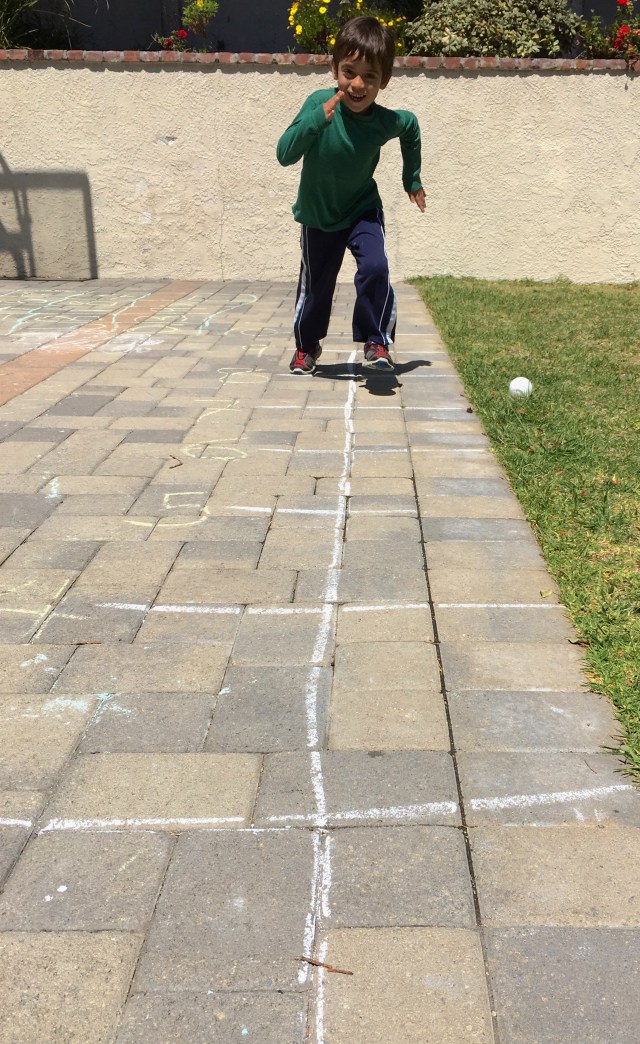
Learning numbers doesn't have to be a desktop affair. Instead, use this equation for getting antsy kiddos outside and moving: sidewalk chalk, a paved place to scribble and a simple running game. Draw a line, mark out numbers, then tell your running mathematician to sprint to the numbers as you call them out. More advanced counters can add and subtract their way up and down the line. You can thank Coffee Cups and Crayons for the idea!
Number Maze
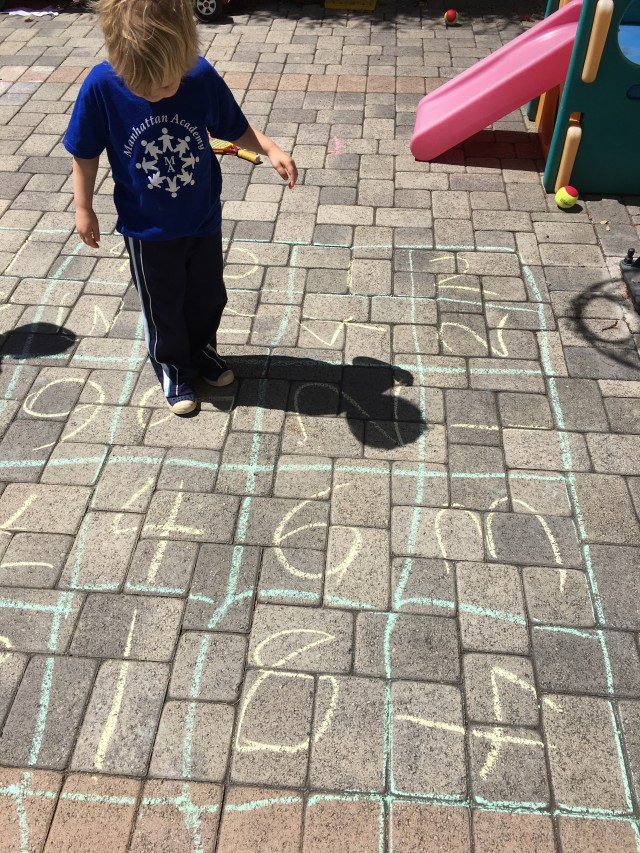
Here's another easy outdoor activity that requires only sidewalk chalk. Kids will learn how to count to 10 (and figure out their lefts and rights) by winding through a simple number maze. Find out more at Hands On As We Grow.
—Melissa Heckscher with Susie Foresman
RELATED STORIES:
11 Math Games That Equal Tons of Fun
Early Math DIY Flashcards for Toddlers
How to Add Mathematical Fun into Your Recipes
Feature photo: iStock
